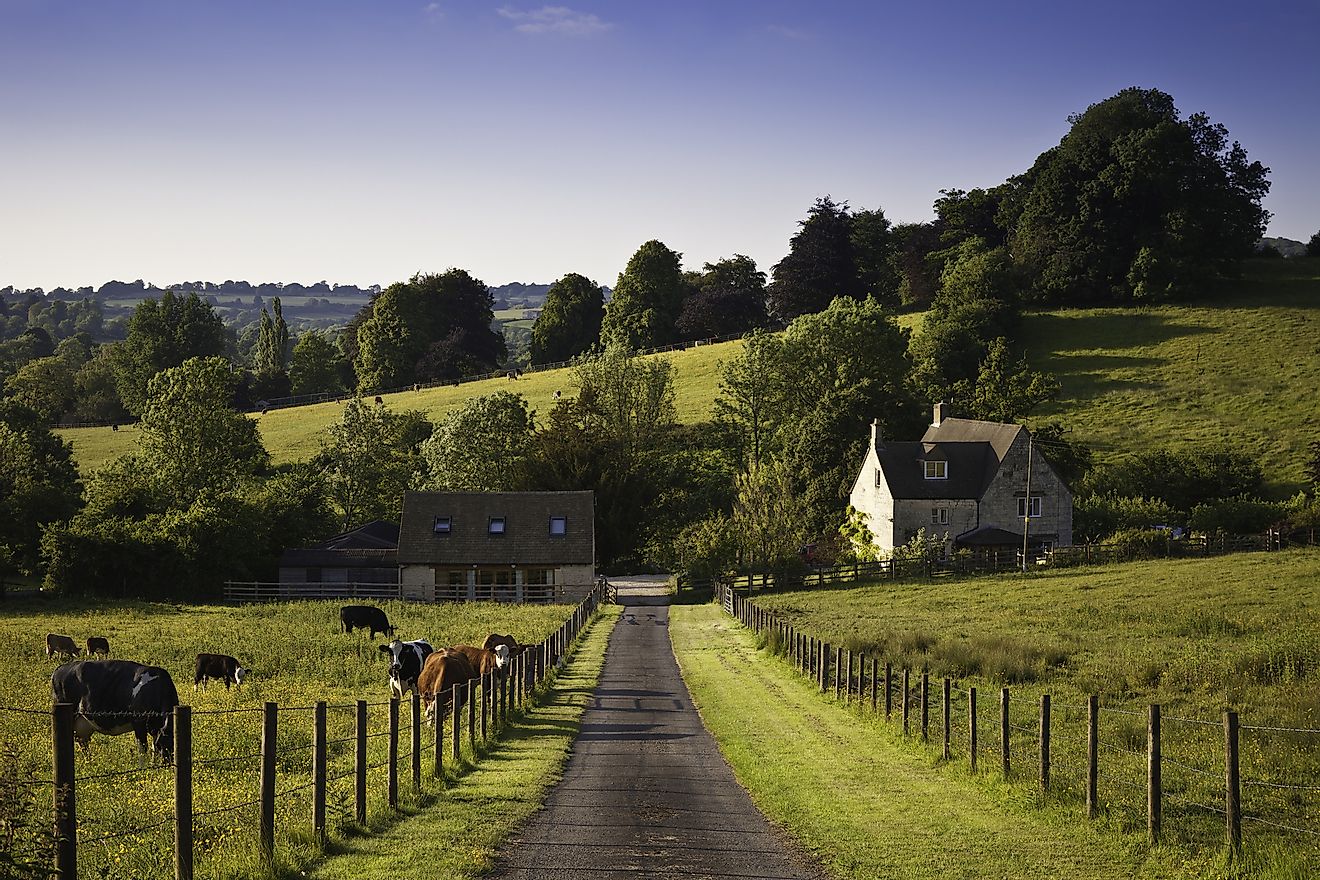The Top 20 Agricultural Products Of The United Kingdom

In the United Kingdom, 36% of agricultural land is arable, and the agricultural sector is a source of employment to approximately 476,000 people. The United Kingdom produces less than 60% of the food it consumes. Agricultural activities in the country mostly occur in rural areas. However, it is more concentrated in the South West and East Anglia, in the east of England. The country has about 212,000 farm holdings which vary in size from below 20 hectares to over 100 hectares. In spite of the United Kingdom having fertile soil, skilled farmer’s subsidies, and high technology, profits made from agriculture are relatively low as a result of low prices at the farm gate. Young people in the country are discouraged from venturing into the agricultural industry because of inadequate farmland, low earnings, and high land prices. Currently, 59 years is the average age of the British farm holder. Organic farming has been introduced to the country to keep up profit rates. There has been an increased awareness in the country on the importance of farming and the role that farmers play in the country's economy and wildlife preservation.
The History Of Agriculture In The United Kingdom
Farming in the British Isles can be traced to around 5,000 BC and 4,500 BC when it was introduced from Syria following an influx of people into the country. Farming practices took around 2,000 years to extend to all of the isles. There was the domestication of pigs from wild boar which already lived in nearby forests whereas goats, sheep and cattle came from the European mainland. Barley and wheat were cultivated near family homes in small plots. During the reign of King Henry VIII, the Supreme Head of the Church of England acquired around 810,000 hectares of land and sold it off to fund his military ambitions in Scotland and France, which resulted in an increase in agriculture and grain prices by around 1650. The agricultural sector in the country went through some changes before becoming fully developed. The country had a growing population that needed to be fed, leading to the establishment of the Agricultural Act of 1947, which aimed at providing food security. The Act paved the way for the growth of agriculture in the country.
Arable Land And Areas Of The United Kingdom
In the UK an estimated 17.2 million hectares is used for agricultural practices which accounts for 70% of the country's land area. An estimated 36% of the agricultural land is arable, or in other words, 25% of the total land area in the UK is arable. The rest of the agricultural land is woodland, grassland or rough grazing. In 2014, the United Kingdom's total income from farming accounted for £5.38 billion representing around 0.7% of British's national value added. In regards to the gross value added 83% of the agricultural income of UK originated from England with Scotland, Northern Ireland, and Wales accounting for 9%, 4% and 3% respectively.
The Top Three Agricultural Products Of The United Kingdom .
The United Kingdom has many agricultural products produced for both local and commercial purposes. According to the 2012 values, as reported by the Food and Agricultural Organization, milk was the highest produced agricultural product in the UK accounting for 13,884, 000 tons followed by wheat with 13,261,000 tons and sugar beets with 7,291,000 tons. Other products in the list included pig, cattle, sheep, duck, turkey and chicken meat, potatoes, hen eggs, barley, mushrooms and truffles, rapeseed, apples, wool, grease, carrots and turnips, strawberries, lettuce and chicory.
The Top 20 Agricultural Products Of The United Kingdom
| Rank | Agricultural Product | Production (volume in metric tons) |
|---|---|---|
| 1 | Milk (cow) | 13,884,000 |
| 2 | Cattle meat | 882,000 |
| 3 | Chicken meat | 1,396,830 |
| 4 | Pig meat | 770,150 |
| 5 | Wheat | 13,261,000 |
| 6 | Sheep meat | 285,000 |
| 7 | Potatoes | 4,553,000 |
| 8 | Rapeseed | 2,557,000 |
| 9 | Hen eggs | 630,000 |
| 10 | Sugar beet | 7,291,000 |
| 11 | Turkey meat | 201,348 |
| 12 | Barley | 5,522,000 |
| 13 | Carrots and turnips | 663,700 |
| 14 | Mushrooms and truffles | 73,100 |
| 15 | Wool, grease | 68,000 |
| 16 | Strawberries | 95,700 |
| 17 | Apples | 202,900 |
| 18 | Onions | 373,610 |
| 19 | Lettuce and chicory | 122,000 |
| 20 | Duck meat | 32,101 |







